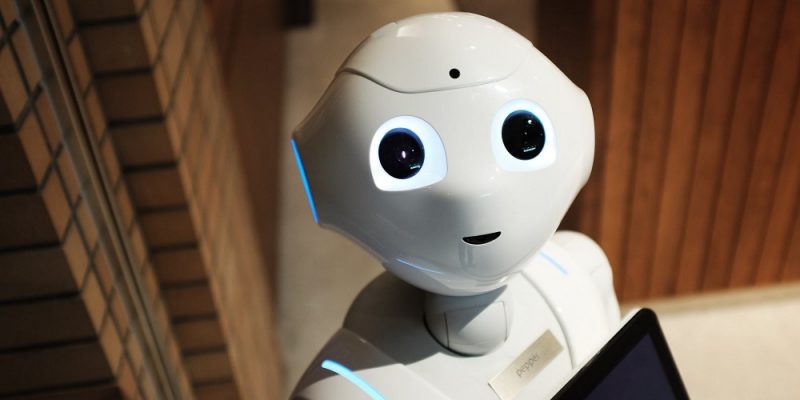 From SmarterChild to Siri: Why AI is the competitive advantage securing businesses
From SmarterChild to Siri: Why AI is the competitive advantage securing businesses
The dream of an AI-influenced world is finally here. After decades of writing about it, AI has reached a point where it’s ingrained into our daily lives. From the days of SmarterChild – for many, the AIM messenger bot was the first foray into AI – to now the ubiquitous presence of the AI-enabled digital…

